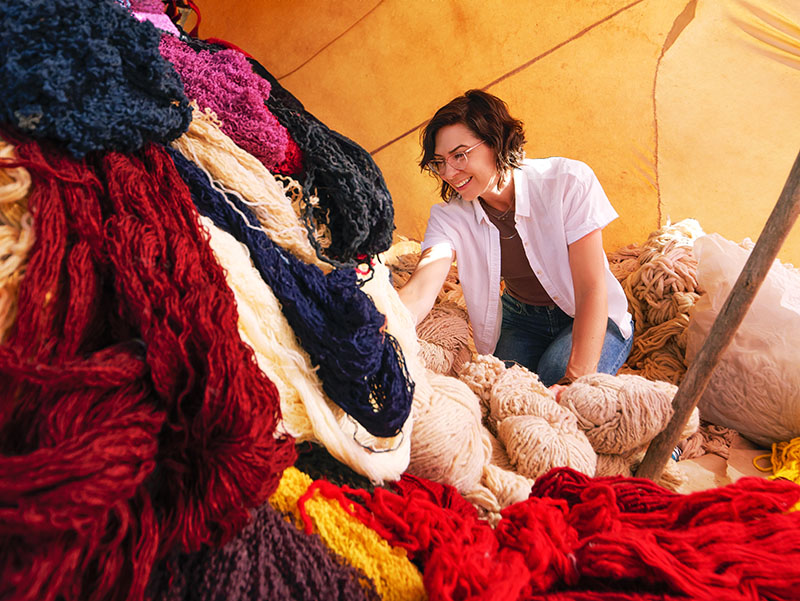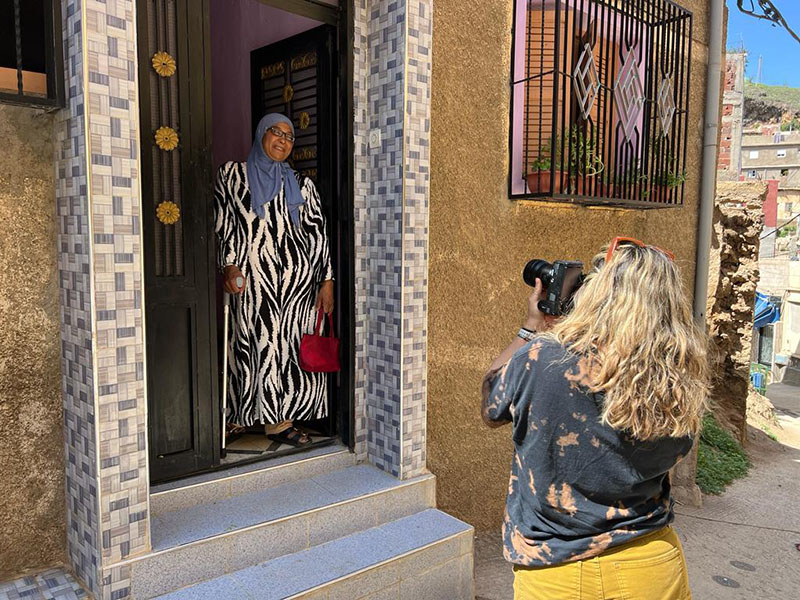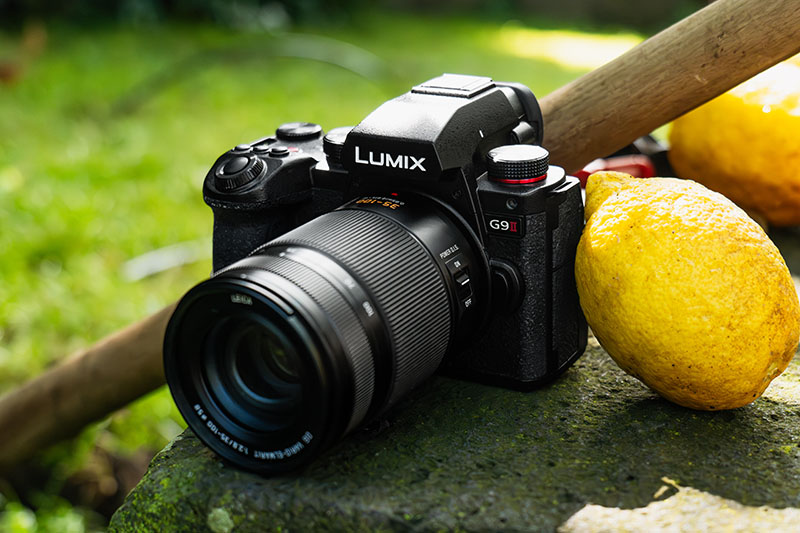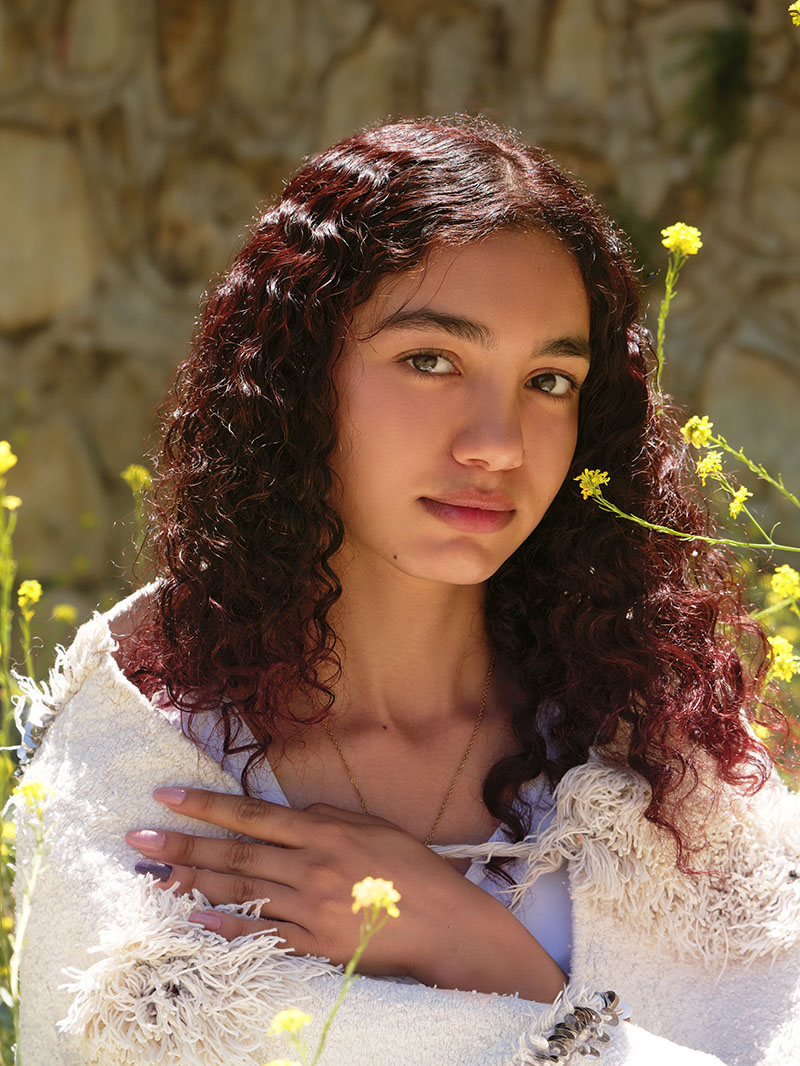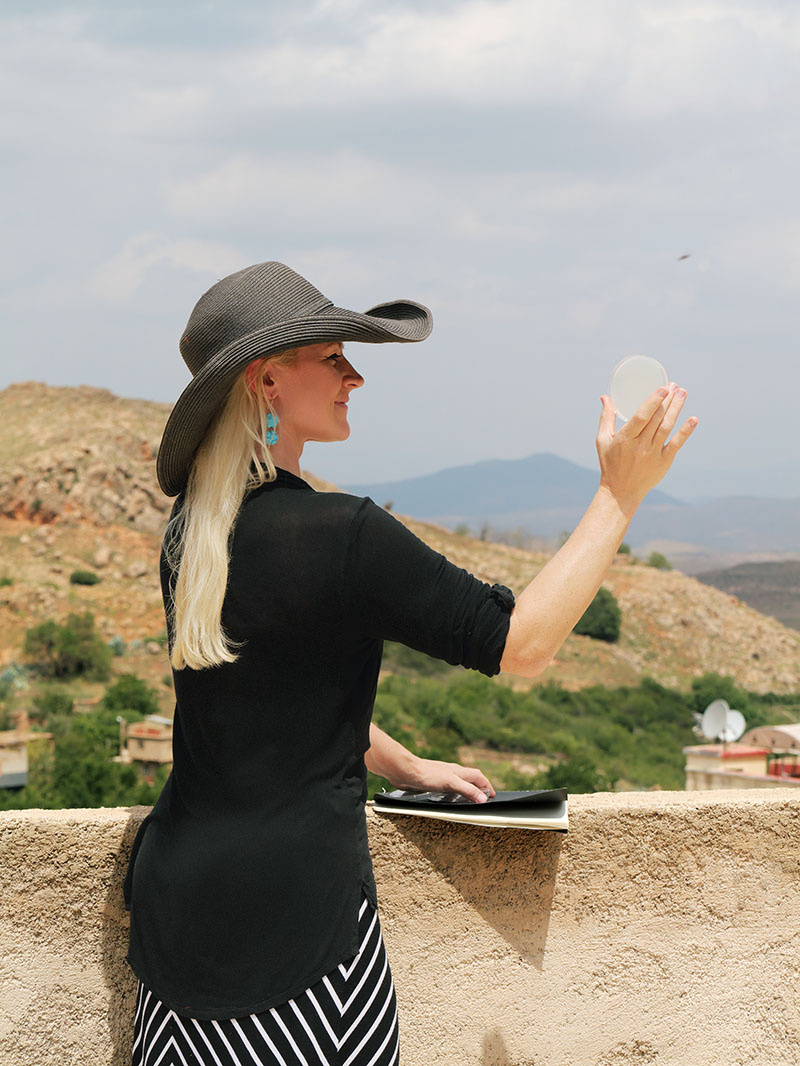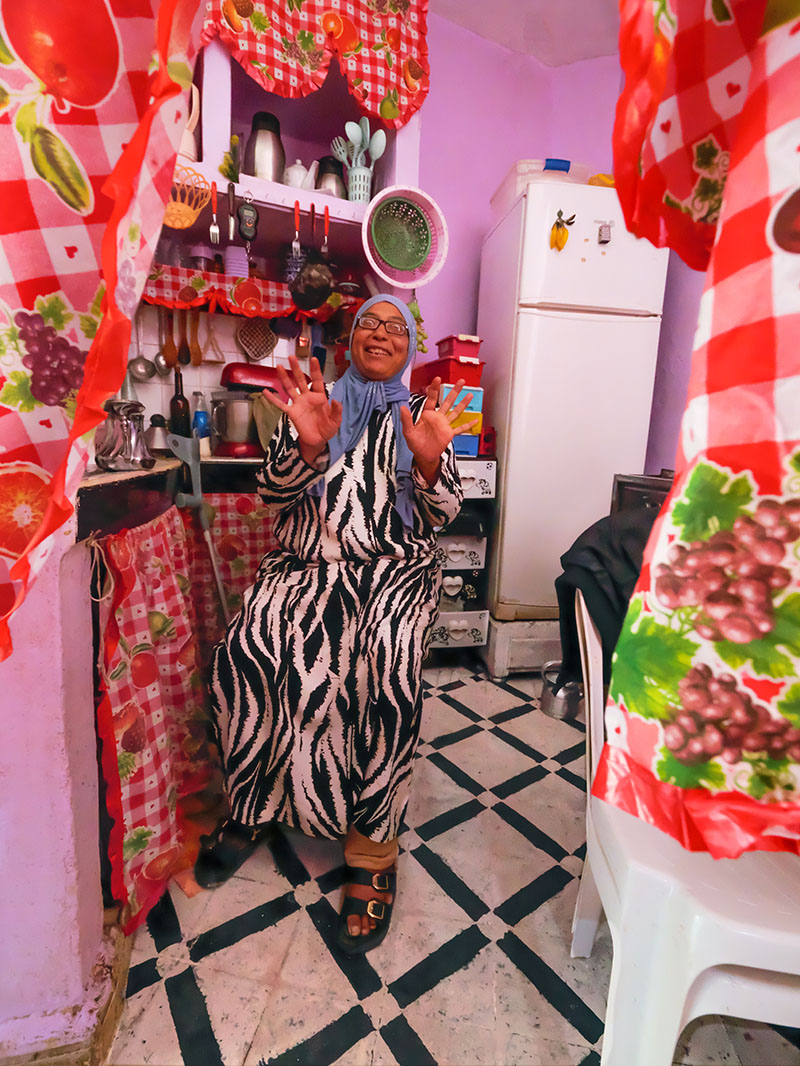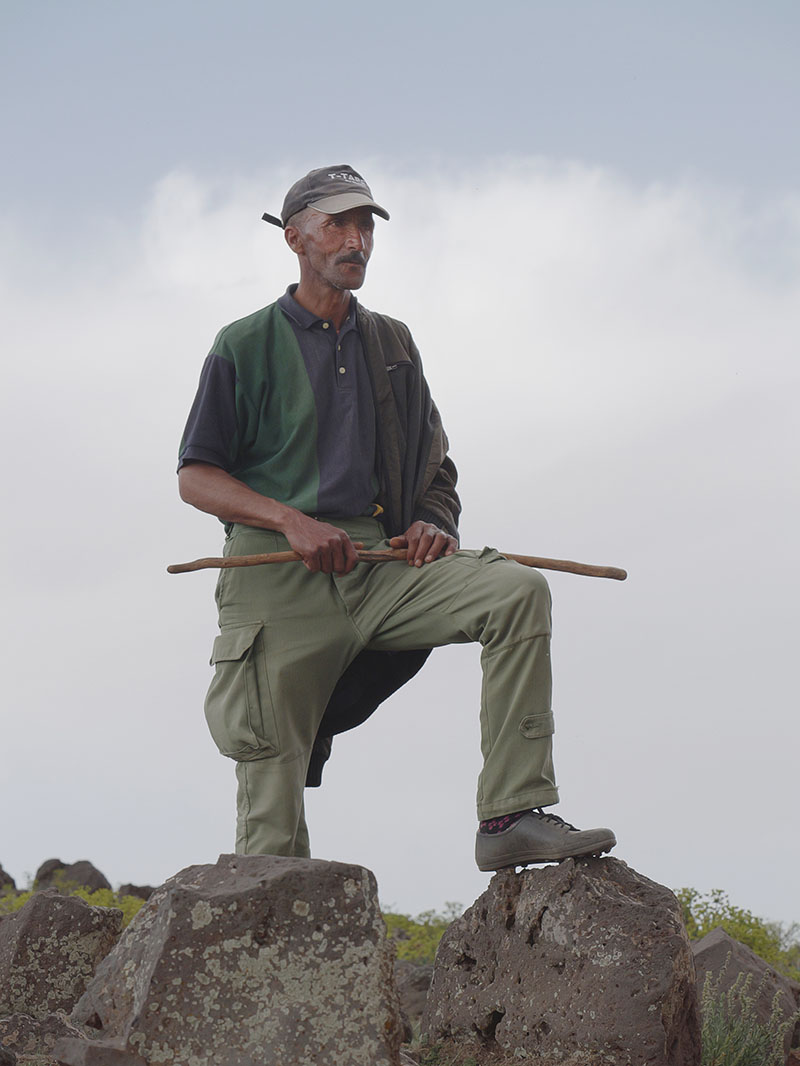Jamie House shoots portraits in Morocco with G9II
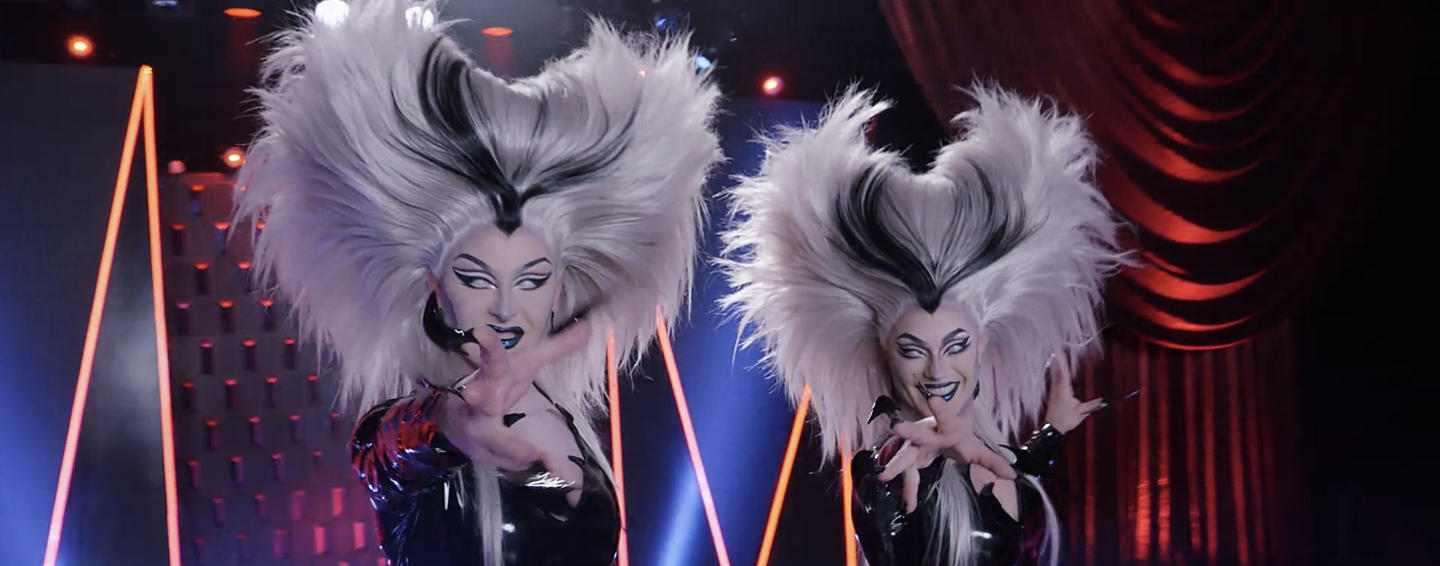
LUMIX G9II | Portrait Photography
Photographer Jamie House captures portraits in Morocco with the LUMIX G9II
Jamie House, a photographer and US LUMIX Ambassador, specializes in fashion, beauty, commercial, creative product, and travel documentary photography. She is currently collaborating with the non-profit organization Around the World in 80 Fabrics (ATW80F) to raise awareness about the environmental, climate, and social impacts of petroleum-based fast-fashion lifestyles. On a recent project in Morocco, House worked with ATW80F to photograph wool rugs woven from sheep found high up in the Atlas Mountains.
The project involved documenting the process of rug making, the community built around it, and how it integrates into the daily lives of the women involved. House photographed the intricate designs and details that have been used for generations, as well as new techniques adopted to keep up with the current market. In a series of portraits, she also documented ATW80F working with women at a cooperative in the mountains to reintroduce natural dyes in rug making.
Photographer Jamie House shooting with the G9II in Morocco
Like an Old Friend
For the ATW80F portrait project, House used the new LUMIX G9II, a hybrid mirrorless camera with a 25-megapixel MFT sensor, 11th Gen Venus Engine, 16-bit RAW capability, Real Time LUT, and new Phase Detect AF + New DFD system, among other features. Referring to the camera as an “old friend” with new bells and whistles,” House loved the familiarity of the G9II having previously worked with the G9 as her main MFT camera.
Throughout the project, House photographed a diverse range of subjects, including artisans, designers, microbiologists, and local fabric weavers. She captured their portraits in various settings, such as markets, where designers collected wool yarn, or in the field, where scientists observed microbes creating pigments. House aimed to highlight the stories and talents of these different artists, creators, and scientists through her portraits.
House is currently shooting with the new S5II, but she appreciates certain advantages the Micro Four Thirds format brings, such as the smaller and lighter lenses. “You don't have to worry about lugging five or six super heavy lenses,” explained House. “The lenses I used for our project were really light and compact and could fit inside any space.” For her project, House primarily used the Panasonic LEICA DG 12-60mm f/2.8-4 Power OIS and the latest Panasonic Lumix LEICA DG VARIO-ELMARIT 35-100mm f/2.8 Power OIS.
House worked with the organization, Around the World in 80 Fabrics, to photograph wool rugs woven from sheep found high up in the Atlas Mountains
The portrait project encompassed both pre-planned locations and impromptu opportunities to capture subjects in their natural environments. One of House's favorite moments during the project occurred spontaneously while driving back to the hotel with the team at the end of the day. She encountered a shepherd and his flock in a picturesque landscape with cool tones and dark storm clouds approaching. House obtained the shepherd's permission to take his portrait and also captured images of his sheep and the landscape. As they were wrapping up, a massive windstorm suddenly hit, and they had to quickly retreat to the van. Thankfully, the cameras remained unharmed, and the 16-bit RAW images turned out great.
For House, sometimes a location would just speak to her, and she would pair it with a subject. “The cooperative had one weaving room that had this beautiful pink color, and all of the looms in there were kind of turquoise,” explained House. “It was just such a beautiful space with the skylight and additional window light coming in.”
A New Phase for Micro Four Thirds
House made extensive use of the G9II’s new Phase Hybrid AF system and loved its speed and simplicity. For her subjects, she set her AF mode to One Area with Face/Eye Detect engaged, which made focusing faster and ensured she didn't miss a shot. “Once you put it in that mode, you’re able to shoot and create while not have to worry about fiddling with menu settings,” she revealed. “It was super easy to reset your focus point with the camera’s little joystick, or just touching the screen.”
She also shot with the Standard color profile and almost exclusively sets her white balance to 5500K. “It's not because it's technically correct,” said House, “but it's just something that I'm used to. I tend to bake that in with whatever color grading I do in post.”
According to House, the the G9II has the simplicity of a point-and-shoot, but the expansive feature set of a pro camera
Through their documentation process, the ATW80F team highlighted the cultural significance and artistic beauty of these rugs, shedding light on traditions that have been passed down through generations. House made great use of the G9II’s High Res Shot Mode to capture delicate features at the highest level of detail by taking a series of consecutive photos, each with a slightly different sensor position, and then combining them into a single high-resolution image. “Handheld High-Res shot mode authentically represented the rugs and paid homage to the women who dedicated their time and skills to their creation.”
House liked the new Leica Monochrome profile that has a slightly brighter black-and-white look than LUMIX’s Monochrome D look. House also played around with the G9II’s new Real Time LUT function, which allows you to upload LUTs directly into the camera to bake in a unique look. “I'm really excited to create my own LUT files to bake in a look that I'm going to use in the end,” explained House. “Post-production is where I do all my color grading, and for the most part I don't know what I'm going to do until I get back to the office and look at the files. I like the idea of being able to predetermine the color grading, using real time LUT both in studio, and out on out in the field. That's super attractive to me.”
See how Jamie House used the G9II in Morocco
The G9II Audience
According to House, the G9II has broad appeal and would be difficult to narrow it down to a specific niche. She feels the G9II has the simplicity of a point-and-shoot, but the expansive feature set of a pro camera, offering excellent image quality and a range of functions accessible through menus and dials.
“This camera is suitable for everyone, including prosumers, hobbyists, and individuals seeking the flexibility and quality of a professional camera without the complexity typically associated with professional-grade equipment,” revealed House. “During my experience using this camera for documentary work in the field, it proved to be a compact and lightweight option, allowing me to carry multiple lenses without occupying much space or adding excessive weight. As a small person, I particularly appreciated the camera's form factor, as it accommodated my hands and fingers perfectly.”
The G9II with the new Panasonic Lumix LEICA DG VARIO-ELMARIT 35-100mm f/2.8 Power OIS zoom lens
To see more of Jamie House's work, visit her website here, or follow her on Instagram.
See more G9II portraits by Jamie House

